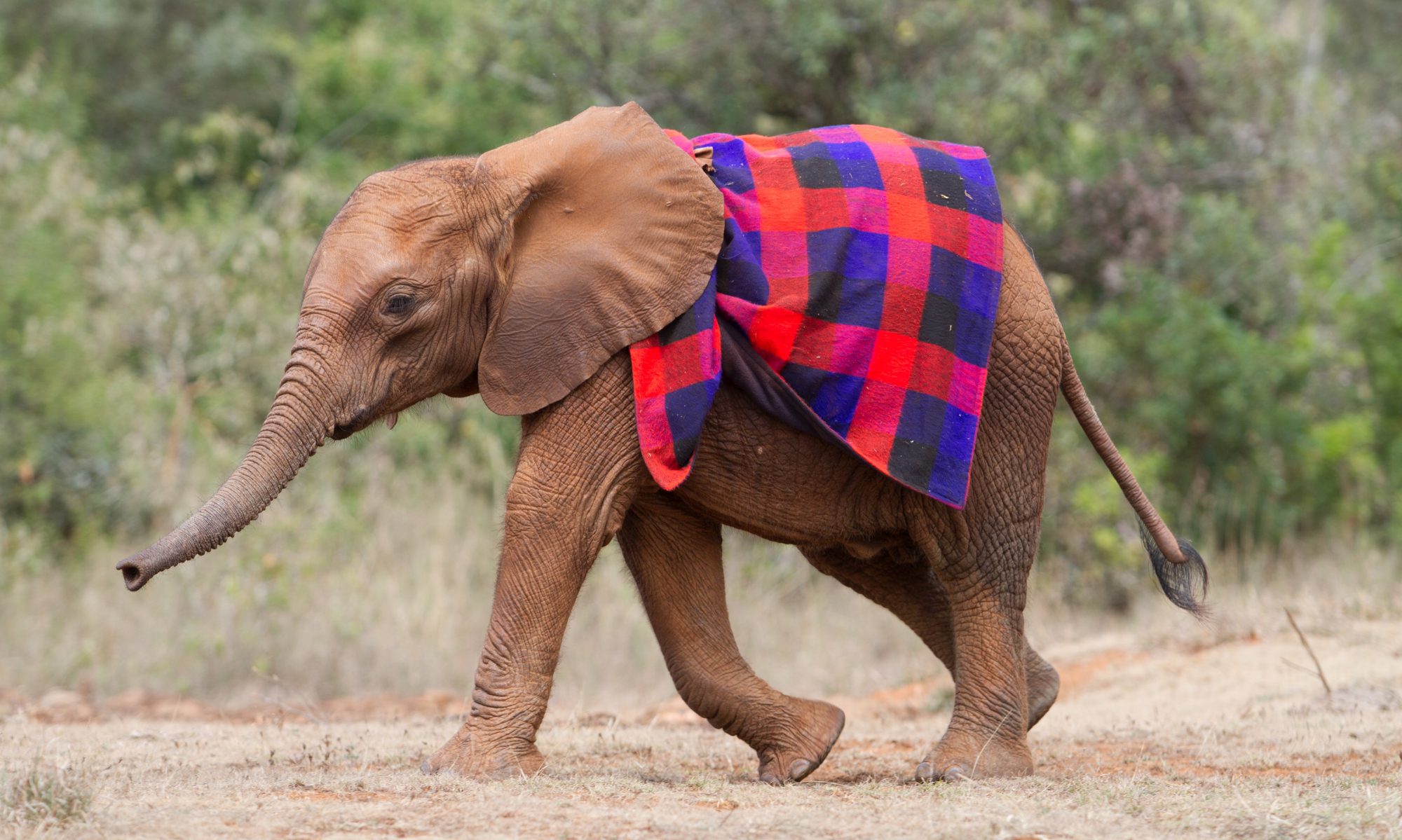Foreign syndicates stay out of line of fire
Feb 27, 2011 12:11 AM | By VLADIMIR MZACA
Locals were the highest number of poachers arrested in Zimbabwe, with 125 of them arrested last year out of a total of 144, according to the Zimbabwe Parks and Wildlife Management Authority.
"Among the accused were 125 Zimbabweans, seven Zambians, three Congolese, three South Africans and six Botswana nationals," reads the statement.
Recently there have been reports that foreigners – South Africans in particular – are allegedly involved in poaching activities in Zimbabwe.
Lungton Masunda, chairman of the Gwayi Conservancy in Matabeleland North, argues that the number of locals involved is high because they know the geography and animal demographics, hence they are used as the hit men.
"Foreigners are obviously involved at a large scale. The locals are just used to kill and transport their loot. The foreigners control the syndicates from afar and they are hardly in the forefront. If they get directly involved, they face stiff prison terms, so therefore they use locals who are desperate to make quick money," he says.
Because of the involvement of international syndicates in wildlife crime, the authority constantly liaises with wildlife management authorities and organisations in its quest to improve wildlife law enforcement.
The wildlife authority is training community-based game rangers in an effort to curb poaching. As a result of this , poaching went down by 49% last year in relation to animals such as elephants, rhinos, lions and zebras.
"We want to make it mandatory for every farm to have a minimum of five anti-poaching employees. These will be registered under the main anti-poaching team in Gwayi. We will also do community awareness campaigns to share the message of a shared resource," Masunda said.
Matabeleland North is a hotbed for poachers who hunt down elephants. Last year, the elephant was the most poached animal.
"Eighty-two cases involving the poaching of elephants, rhinos and other game are being investigated from last year," according to Zimbabwe Parks and Wildlife.
Some of the cases from last year are still under investigation while the rest are at different stages of finalisation.
One hundred and eighteen elephant tusks and an assortment of ivory artefacts weighing more than 368kg were recovered, including four rhino horns. Thirty-two rifles, mainly AK47s, FNs and .303 calibre hunting rifles, were recovered. In addition, 226 rounds of ammunition were recovered from poachers since January last year.
The Zimbabwe Parks and Wildlife Management Authority employ a number of strategies in combating wildlife crimes apart from its own efforts.
The authority hails the relationship that exists between itself and the Zimbabwe Republic Police, the Judiciary and Minerals Unit. The judiciary and prosecution play an important role in the handling of wildlife crime dockets.
The authority has carried joint investigations and deployments at the country’s border post, as well as at major airports with the Zimbabwe Republic Police’s border control units.
Source: www.timeslive.co.za/sundaytimes/article937211.ece/Locals-prey-upon-own-wildlife

